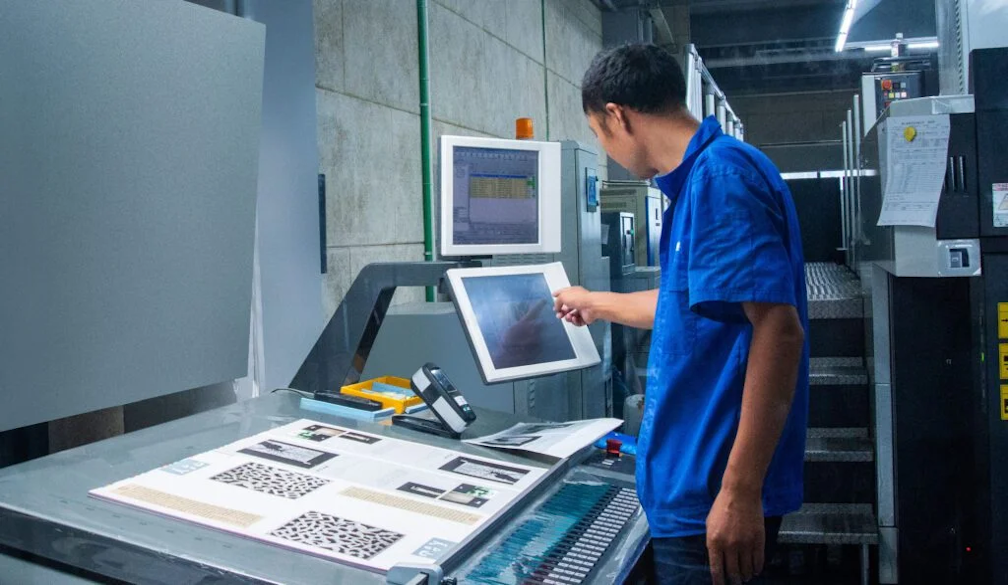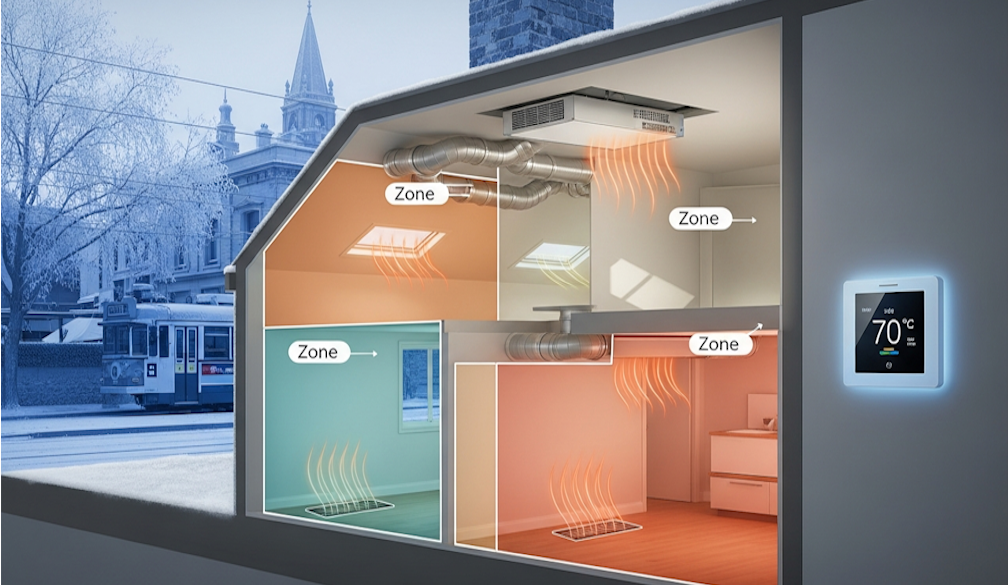CONSTRUCTION INDUSTRY’S CHANGING DYNAMICS IN THE NEW NORMAL
- Written by News Company

Construction business is the largest shareholder in the world economy. It accounts for nearly 13% of the global GDP. Producing around 8% of our national GDP, it is Australia’s third-largest industry. The construction sector heavily contributes to a nation’s financial growth and stability. With the rapid growth in the urban population of the planet, the future of the engineering profession looks promising. But the disruptions caused by the coronavirus pandemic have radically altered all sorts of industries.
In the past few months, the world has witnessed some notable changes in everyday life. Our social customs have modified with the rise in COVID-19 cases. We familiarized ourselves with e-commerce, distance learning, home-based jobs, face coverings, and social distancing. That's precisely how this pandemic has influenced the markets and industries all over the globe. Adopting the new normal is the key to survive and prosper in the post-2019 world.
Motivation to adopt the new normal
This pandemic has decelerated the progress of multiple industries, including the construction sector. The entire ecosystem of the construction industry has faced the consequences of this virus-infested economy. All markets can’t replace the status-quo quickly. You can expect a teacher to switch to digital education via video-chat software. You can expect a retailer to only interact with his customers through the internet. But construction workers cannot fully incorporate this “work-from-home” innovation. There are many incentives for the constructors to adopt the new normal in 2020.
New necessary materials: A successful business relies on reliable and portable power solutions they can buy now online and be rid of electrical issues. The new normal requires construction workers to use the latest materials available in the market. These light-weight materials improve logistics and reduce carbon footprints. Stuff like cross-laminated timber or cold-formed steel is the construction norm of the future.
Virus-proof construction sites: On-site safety demands are increasing after the spread of coronavirus. Now, safety protocols do not just concern accidents from falling objects. They also include the risk of people getting infected with COVID-19. Therefore, the availability of masks, gloves, and sanitizers on-site is the new norm.
Automation with industrialization: Shortage of labor is a predominant problem of the construction sector. This problem is soon going to be a massive headache for business owners. For example, 41% of the American construction workforce will retire by 2031. Therefore, automation has to and will prevail in the construction market soon. The reliance on machines and technology is the primary motivation for people to adopt the new normal.
Integration of the new normal
Defining the new normal is not much of a problem. It includes limited human contact and a deep sense of personal hygiene. The new normal compels us to adopt technological means to minimize exposure to COVID-19. Implementation of these post-coronavirus standards is a real challenge for all industries.
Social distancing and face-covering: Masks are mandatory in today’s world whenever a person goes outside. Following social-distancing guidelines can be strenuous at first. Some aspects of their job do require construction workers to work close to each other. That is why a construction team must always have their PPE (personal protective equipment) nearby. Furthermore, cotton cloths and gloves guarantee additional protection from coronavirus.
Distance working and remote meetings: The popularity of video communication apps skyrocketed during a lockdown. They enabled people to continue their jobs while quarantined at home. Construction workers can spend their time planning future projects via video-chat software. It will help them maintain the usual office routine and easy accessibility with their employers. Minimal human contact in all industries is the threshold of social distancing nowadays.
Digitalization of the industry: Competition has now become even harder with the rise of mechanization. The daily operation of the construction companies needs to integrate digital technologies. Fortunately, the digital renovation of the world has coincided with COVID-19. Thus, it has accelerated the need to transform one’s business as computer-friendly as possible. IoT, BIM, and cloud-based software are gradually becoming more common. Thus, corporations must adopt these technological transformations for their survival. As per one survey, 28% of construction companies have created a digital agenda. Meanwhile, 56% are still designing a digital strategy for their business.
Conclusion
Australia still needs time to tame the monster of coronavirus. Companies should expect more government intervention and scrutiny of their operation. Sadly, the financial repercussions of this pandemic are worldwide. Inflation-adjusted GDP and unemployment will continue to decline. But coronavirus has increased consumer passion for e-commerce. Therefore, the industries that integrate digital technologies with their everyday operations will live to tell the tale. The ones who refuse to adopt the new normal will have to crawl their way out of liquidation.



















